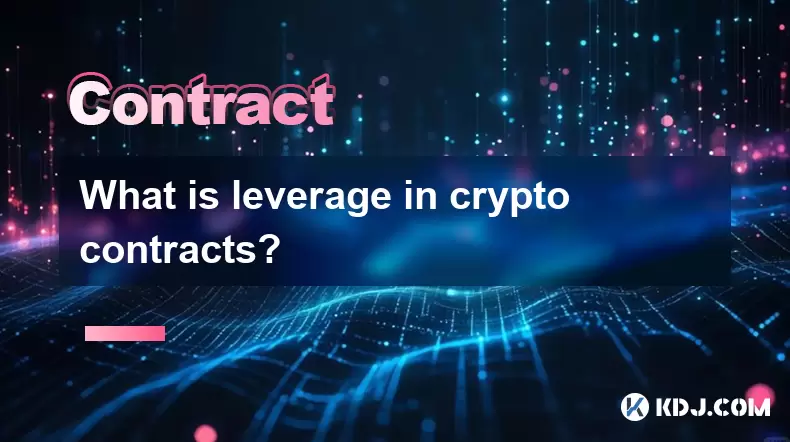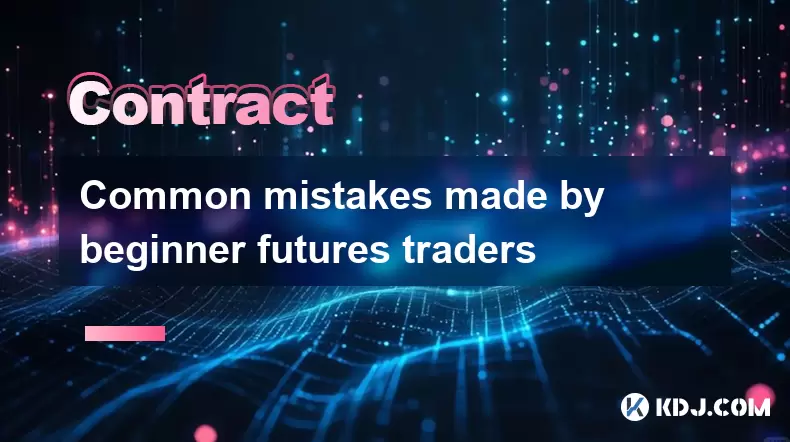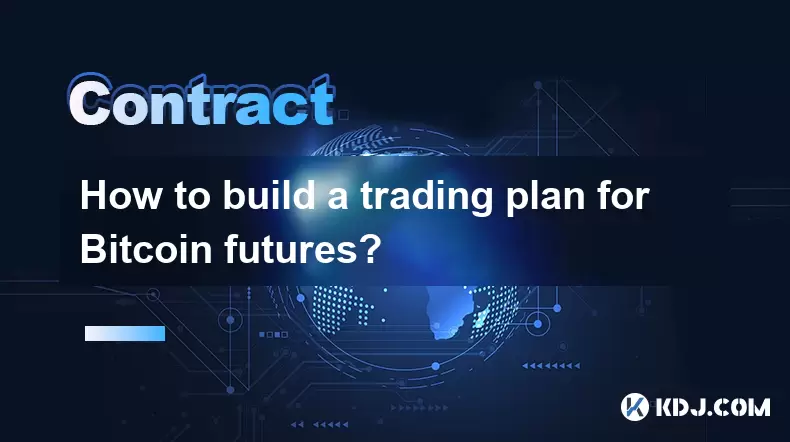-
 Bitcoin
Bitcoin $118,841.1054
1.02% -
 Ethereum
Ethereum $3,364.2689
7.44% -
 XRP
XRP $3.0337
3.93% -
 Tether USDt
Tether USDt $1.0004
0.04% -
 BNB
BNB $708.2059
2.49% -
 Solana
Solana $173.2385
5.74% -
 USDC
USDC $0.9999
-0.01% -
 Dogecoin
Dogecoin $0.2121
6.85% -
 TRON
TRON $0.3090
2.81% -
 Cardano
Cardano $0.7628
2.25% -
 Hyperliquid
Hyperliquid $46.8391
-2.08% -
 Stellar
Stellar $0.4537
0.15% -
 Sui
Sui $3.9529
-2.88% -
 Chainlink
Chainlink $16.6414
3.72% -
 Hedera
Hedera $0.2354
1.52% -
 Bitcoin Cash
Bitcoin Cash $499.1285
0.43% -
 Avalanche
Avalanche $22.6400
0.57% -
 Shiba Inu
Shiba Inu $0.0...01438
4.88% -
 UNUS SED LEO
UNUS SED LEO $8.8507
-0.64% -
 Toncoin
Toncoin $3.1498
2.35% -
 Litecoin
Litecoin $97.4954
1.21% -
 Polkadot
Polkadot $4.1541
1.50% -
 Monero
Monero $331.4406
-1.03% -
 Pepe
Pepe $0.0...01350
5.24% -
 Uniswap
Uniswap $8.9103
-5.01% -
 Bitget Token
Bitget Token $4.7540
4.51% -
 Dai
Dai $0.9999
-0.02% -
 Ethena USDe
Ethena USDe $1.0008
0.00% -
 Aave
Aave $322.3328
-1.63% -
 Bittensor
Bittensor $431.8026
-0.50%
What is leverage in crypto contracts?
Leverage in crypto contracts lets traders borrow funds to boost position size, amplifying both potential profits and risks, especially in volatile markets.
Jul 17, 2025 at 06:21 am

Understanding Leverage in Crypto Contracts
Leverage in crypto contracts refers to the practice of borrowing capital from a broker or exchange to increase one's trading position beyond what would be possible with their own invested capital alone. This mechanism allows traders to amplify potential profits by controlling larger positions with relatively smaller amounts of capital. However, leverage also increases the risk of significant losses, especially in highly volatile markets such as cryptocurrency.
In futures and perpetual contract trading, leverage is typically expressed as a ratio (e.g., 10x, 50x, or even 100x). For instance, with 10x leverage, a trader can open a position worth $10,000 by only putting up $1,000 of their own funds. The remaining $9,000 is effectively borrowed from the exchange or liquidity provider.
How Leverage Works in Practice
When using leverage in crypto contracts, traders must understand the concept of margin — the amount of their own funds required to open and maintain a leveraged position. Margin is usually a percentage of the total trade value and varies depending on the platform and the level of leverage chosen.
For example:
- A trader wants to go long on Bitcoin with a position size of $50,000.
- They choose 20x leverage.
- That means they need to deposit $2,500 as margin ($50,000 / 20).
- If the price moves against them and the loss exceeds the margin, a liquidation occurs, and the position is automatically closed.
It's important to note that higher leverage increases exposure to market movements. Even small price swings can lead to substantial gains or losses when leverage is applied.
Different Types of Leverage Available
Crypto exchanges typically offer several levels of leverage, ranging from as low as 2x to as high as 100x, depending on the asset and the platform. Some exchanges allow users to customize their leverage settings, while others predefine it based on the trading pair.
Common leverage options include:
- Fixed leverage: Traders can set specific leverage values for each trade.
- Auto-deleveraging (ADL): In extreme market conditions, exchanges may automatically reduce leveraged positions to prevent insolvency.
- Cross margin vs. isolated margin:
- Cross margin uses the entire account balance as collateral for all open positions.
- Isolated margin limits the collateral used per trade, which can help manage risk more precisely.
Each type has its pros and cons, and choosing the right one depends on the trader’s strategy and risk tolerance.
Risks Associated with Leveraged Trading
While leverage can magnify profits, it also significantly increases the chance of substantial losses. One of the most critical risks is liquidation, where the exchange forcibly closes a position when the margin falls below a certain threshold due to adverse price movement.
Other notable risks include:
- Market volatility: Sudden price swings can trigger rapid liquidations.
- Funding fees: In perpetual contracts, traders pay or receive funding fees periodically, which can erode profits over time.
- Emotional decision-making: High leverage can lead to impulsive trades driven by fear or greed rather than logic.
Traders should always use stop-loss orders and proper position sizing to mitigate these risks when engaging in leveraged trading.
How to Use Leverage Responsibly
To minimize the dangers associated with leveraged crypto contracts, traders should adopt a disciplined approach. Here are some practical steps:
- Start with low leverage: Begin with 2x or 3x until you're comfortable with how leverage impacts your trades.
- Understand margin requirements: Always know how much capital is needed to open and sustain a position.
- Use stop-loss and take-profit orders: These tools help manage risk and lock in profits automatically.
- Monitor open positions regularly: Especially during high volatility, constant oversight is crucial.
- Avoid overexposure: Never allocate all available capital to a single leveraged trade.
By following these practices, traders can harness the power of leverage while keeping risks under control.
FAQs About Leverage in Crypto Contracts
What is the difference between initial margin and maintenance margin?
Initial margin is the amount required to open a leveraged position, whereas maintenance margin is the minimum amount needed to keep the position open. If the account equity drops below the maintenance margin level, a margin call or liquidation occurs.
Can I lose more than my deposited margin in leveraged crypto contracts?
Most modern platforms use bankruptcy protection mechanisms, so traders typically cannot lose more than their initial margin. However, this depends on the exchange’s policies and whether auto-deleveraging or insurance funds are in place.
Does higher leverage always mean higher profit potential?
Not necessarily. While higher leverage increases position size and potential returns, it also amplifies losses. Profitability still depends on accurate market predictions and effective risk management strategies.
Are there regulations governing leverage in crypto contracts?
Regulatory frameworks vary by jurisdiction. Some countries have imposed restrictions on maximum leverage offered to retail traders. It’s essential to check local laws and ensure compliance before engaging in leveraged trading.
Disclaimer:info@kdj.com
The information provided is not trading advice. kdj.com does not assume any responsibility for any investments made based on the information provided in this article. Cryptocurrencies are highly volatile and it is highly recommended that you invest with caution after thorough research!
If you believe that the content used on this website infringes your copyright, please contact us immediately (info@kdj.com) and we will delete it promptly.
- Coinbase's 'Base App': Your All-in-One Crypto Hub?
- 2025-07-17 12:30:13
- Raydium, RAY Repurchase, and Circulation: A Solana Ecosystem Powerhouse
- 2025-07-17 12:30:13
- California Dreamin' Web3: Coinbase, Ripple, and the Golden State's Crypto Embrace
- 2025-07-17 10:30:12
- Navigating the Base Ecosystem: Investment Targets and Strategic Restructuring
- 2025-07-17 10:50:12
- Whale Trading, Market Impact, and Cryptocurrency: Navigating the Waters
- 2025-07-17 10:50:12
- Trump, World Liberty Financial, and the WLFI Token: From Locked to Listed?
- 2025-07-17 10:55:12
Related knowledge

What is a stablecoin-margined contract vs a coin-margined contract?
Jul 15,2025 at 06:36pm
Understanding the Difference Between Stablecoin-Margined Contracts and Coin-Margined ContractsIn the world of cryptocurrency derivatives, margin plays...

How to analyze volume profile for Bitcoin futures?
Jul 17,2025 at 01:21am
Understanding Volume Profile in Bitcoin Futures TradingVolume profile is a crucial analytical tool used by traders to assess the distribution of tradi...

How to backtest a Bitcoin futures trading strategy?
Jul 15,2025 at 11:35am
Understanding Bitcoin Futures TradingBitcoin futures trading involves contracts to buy or sell Bitcoin at a predetermined price and date in the future...

Common mistakes made by beginner futures traders
Jul 17,2025 at 07:49am
Overleveraging Without Understanding the RisksOne of the most frequent mistakes made by beginner futures traders is overleveraging their positions. Fu...

Psychology of trading Bitcoin contracts
Jul 13,2025 at 02:50am
Understanding the Emotional Rollercoaster of Bitcoin Futures TradingBitcoin contract trading, especially in the form of futures, introduces a high lev...

How to build a trading plan for Bitcoin futures?
Jul 17,2025 at 08:42am
Understanding Bitcoin Futures TradingBitcoin futures are derivative contracts that allow traders to speculate on the future price of Bitcoin without o...

What is a stablecoin-margined contract vs a coin-margined contract?
Jul 15,2025 at 06:36pm
Understanding the Difference Between Stablecoin-Margined Contracts and Coin-Margined ContractsIn the world of cryptocurrency derivatives, margin plays...

How to analyze volume profile for Bitcoin futures?
Jul 17,2025 at 01:21am
Understanding Volume Profile in Bitcoin Futures TradingVolume profile is a crucial analytical tool used by traders to assess the distribution of tradi...

How to backtest a Bitcoin futures trading strategy?
Jul 15,2025 at 11:35am
Understanding Bitcoin Futures TradingBitcoin futures trading involves contracts to buy or sell Bitcoin at a predetermined price and date in the future...

Common mistakes made by beginner futures traders
Jul 17,2025 at 07:49am
Overleveraging Without Understanding the RisksOne of the most frequent mistakes made by beginner futures traders is overleveraging their positions. Fu...

Psychology of trading Bitcoin contracts
Jul 13,2025 at 02:50am
Understanding the Emotional Rollercoaster of Bitcoin Futures TradingBitcoin contract trading, especially in the form of futures, introduces a high lev...

How to build a trading plan for Bitcoin futures?
Jul 17,2025 at 08:42am
Understanding Bitcoin Futures TradingBitcoin futures are derivative contracts that allow traders to speculate on the future price of Bitcoin without o...
See all articles

























































































